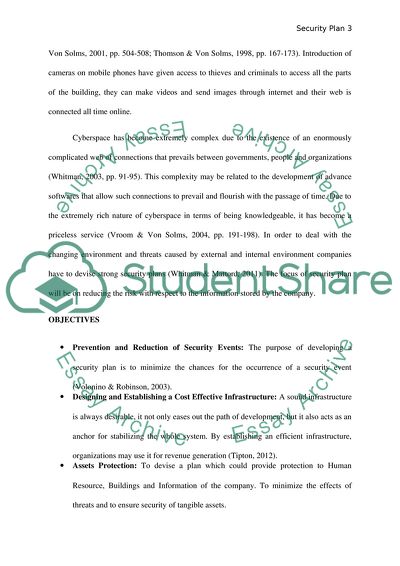Cite this document
(Information Security Plan Case Study Example | Topics and Well Written Essays - 3750 words, n.d.)
Information Security Plan Case Study Example | Topics and Well Written Essays - 3750 words. https://studentshare.org/information-technology/1839661-security-plan
Information Security Plan Case Study Example | Topics and Well Written Essays - 3750 words. https://studentshare.org/information-technology/1839661-security-plan
(Information Security Plan Case Study Example | Topics and Well Written Essays - 3750 Words)
Information Security Plan Case Study Example | Topics and Well Written Essays - 3750 Words. https://studentshare.org/information-technology/1839661-security-plan.
Information Security Plan Case Study Example | Topics and Well Written Essays - 3750 Words. https://studentshare.org/information-technology/1839661-security-plan.
“Information Security Plan Case Study Example | Topics and Well Written Essays - 3750 Words”. https://studentshare.org/information-technology/1839661-security-plan.


